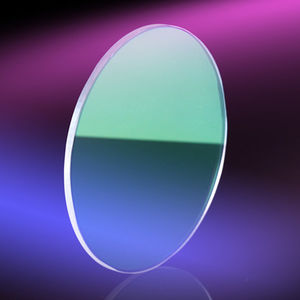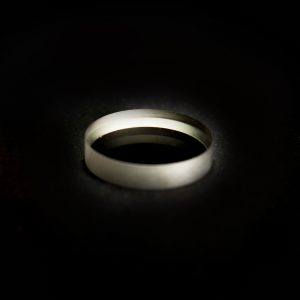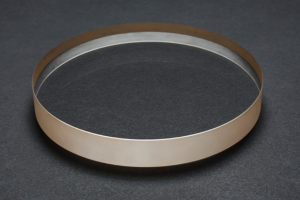Bandpass filters are designed to transmit the required wavelength range and cut off the unwanted wavelength range. Their design is essentially a thin film formed through vacuum deposition technology, consisting of two reflective stacks separated by even number of interlayer layers. Each of these structures is called a cavity, and some filters may contain up to eight cavities. There are many different variants of bandpass filters, but in this discussion, we will consider both full dielectric and metal dielectric types.
The all dielectric type consists of two high reflective mirrors separated by a dielectric isolation layer. These mirrors are composed of alternating high and low refractive index materials, and the stacked reflectivity sometimes exceeds 99.99%. By changing the thickness of the isolation layer and/or reflection layer, the central wavelength and bandwidth of the filter can be changed. This type of filter exhibits high transmission rate in the passband, but the range of out of band blocking is limited. To compensate for this deficiency, an additional blocking component has been added, depending on the required blocking range, which can be fully dielectric or metal dielectric. This additional blocking component will eliminate any unnecessary out of band radiation, but it will also reduce the overall throughput of the filter.




